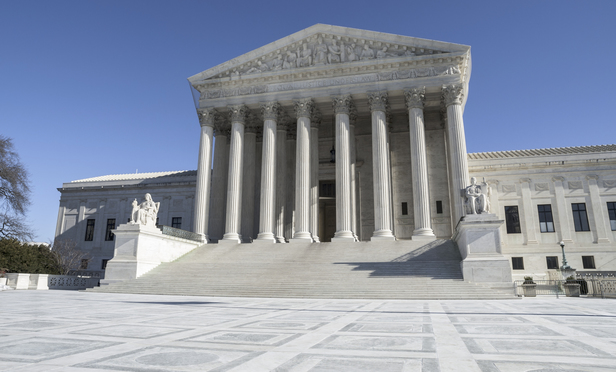It is axiomatic that to certify a class, plaintiffs must show all members satisfy Article III standing and Rule 23 requirements. While federal courts “do not require each member of a class to submit evidence of personal standing, a class cannot be certified if it contains members who lack standing” to pursue the claim(s) asserted, according to Halvorson v. Auto Owners Insurance, 718 F.2d 773 (8th Cir. 2013).
By way of illustration, a claim for strict products liability typically requires a plaintiff to demonstrate (1) that the product is defective; (2) that the defect existed at the time the product left the manufacturer’s hands; and (3) that the defect was the proximate cause of the plaintiff’s injuries. (See Reese v. Ford Motor, 499 Fed. Appx. 163 (3d Cir. Pa. 2012) (applying Restatement (Second) of Torts Section 402(A)).) It should a fortiori follow that regardless of whether a design defect, manufacturing defect or warning claim is asserted, a class of plaintiffs who purchased a particular product is not certifiable if it contains members who are unable to establish each of these three basic elements. A design-defect class, for instance, should not be certified if it contains class participants who are unable to demonstrate the element of proximate cause.
This content has been archived. It is available through our partners, LexisNexis® and Bloomberg Law.
To view this content, please continue to their sites.
Not a Lexis Subscriber?
Subscribe Now
Not a Bloomberg Law Subscriber?
Subscribe Now
LexisNexis® and Bloomberg Law are third party online distributors of the broad collection of current and archived versions of ALM's legal news publications. LexisNexis® and Bloomberg Law customers are able to access and use ALM's content, including content from the National Law Journal, The American Lawyer, Legaltech News, The New York Law Journal, and Corporate Counsel, as well as other sources of legal information.
For questions call 1-877-256-2472 or contact us at [email protected]



